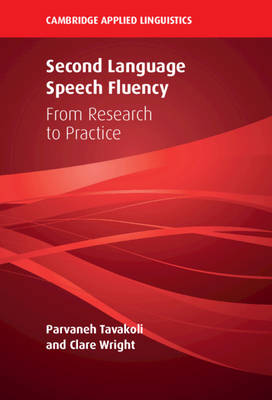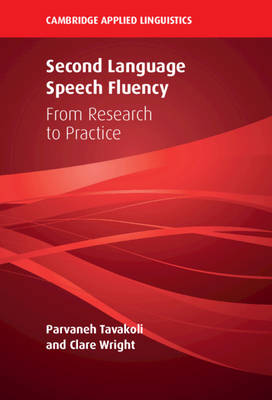
- Afhalen na 1 uur in een winkel met voorraad
- Gratis thuislevering in België vanaf € 30
- Ruim aanbod met 7 miljoen producten
- Afhalen na 1 uur in een winkel met voorraad
- Gratis thuislevering in België vanaf € 30
- Ruim aanbod met 7 miljoen producten
Zoeken
€ 180,45
+ 360 punten
Uitvoering
Omschrijving
Second language (L2) fluency is an exciting and fast-moving field of research, with clear practical applications in language teaching. This book provides a lively overview of the current advances in the field of L2 fluency, and connects the theory to practice, presenting a hands-on approach to using fluency research across a range of different language-related professions. The authors introduce an innovative multidisciplinary perspective, which brings together research into cognitive and social factors, to understand fluency as a dynamic variable in language performance, connecting learner-internal factors such as speech processing and automaticity, to external factors such as task demands, language testing, and pragmatic interactional demands in communication. Bringing a much-needed multidisciplinary and novel approach to understanding the complex nature of L2 speech fluency, this book provides researchers, students and language professionals with both the theoretical insights and practical tools required to understand and research how fluency in a second language develops.
Specificaties
Betrokkenen
- Auteur(s):
- Uitgeverij:
Inhoud
- Aantal bladzijden:
- 250
- Taal:
- Engels
- Reeks:
Eigenschappen
- Productcode (EAN):
- 9781108499613
- Verschijningsdatum:
- 17/12/2020
- Uitvoering:
- Hardcover
- Formaat:
- Genaaid
- Afmetingen:
- 152 mm x 229 mm
- Gewicht:
- 439 g

Alleen bij Standaard Boekhandel
+ 360 punten op je klantenkaart van Standaard Boekhandel
Beoordelingen
We publiceren alleen reviews die voldoen aan de voorwaarden voor reviews. Bekijk onze voorwaarden voor reviews.











